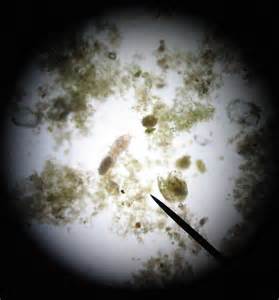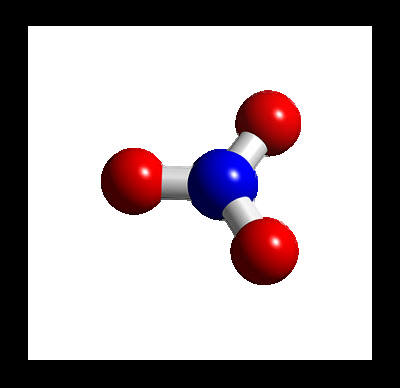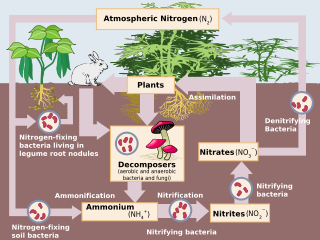    |
Algae and Nitrate
Two Types of
algae commonly found in the soil are chlorophyta and
euglenophyta. In the soil ecosystem, algae are at the base of
the food chain. Organisms higher on the food chain either eat
algae or eat other organisms that eat the algae. Algae are very
important because they produce about 75% of Earth's oxygen.
Since algae are nonvascular, meaning they cannot maintain their
hydration, they grow in moist areas. Algae photosynthesize using
sunlight and nutrients from the soil or water in which they
live.
  |
above is a picture of the wetlands in Site 4
|
Nitrate is the most easily absorbed form of nitrogen, a
nutrient needed by algae and plants in large amounts to produce critical organic
molecules.
Nitrogen is both an essential component of chlorophyll,
the site of photosynthesis, and an essential element in
amino acids, the building blocks of proteins.
The majority of nitrogen is in the atmosphere, where it is not readily
available.
So algae that live in the soil must rely on bacteria to
convert this nitrogen into forms it can use through
the process of nitrogen fixation. In this process the soil
bacteria convert nitrogen gas first into ammonia, and then later
into nitrite, and
eventually into the nitrate that plants,
algae, and other organisms in the food chain depend upon. Because
of this relationship, low algae levels may be the result
of a lack of nitrate in the soil. |
|
| |
|







